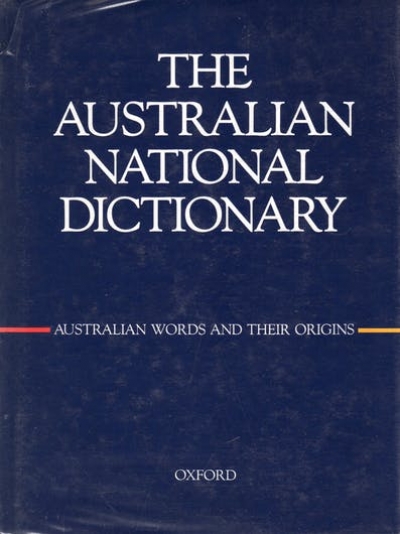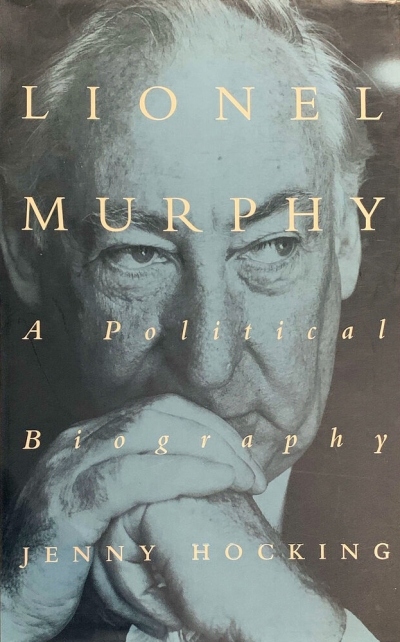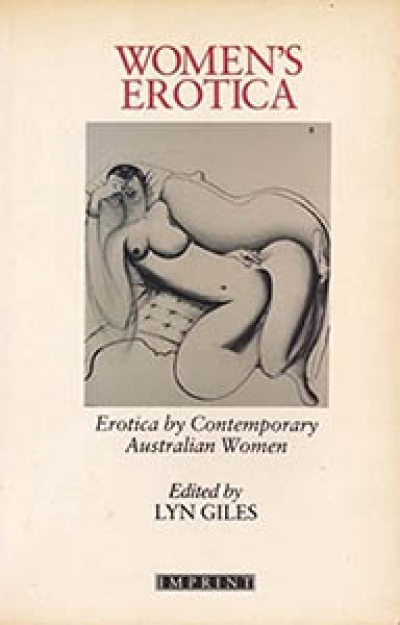Archive
Sign up to From the Archive and receive a new review to your inbox every Monday. Always free to read.
Recent:
Now is the season of good will towards all specimens to which your correspondent replies ‘Bah humbug’. He does not like Christmas and has always considered Ebenezer Scrooge to be far more sinned against than sinning. Naturally this hack receives no yule time gifts; after all what do you give a youngish fogey whose only wish is to command a Confederate Brigade at the Battle of Shiloh? Yet if reality was suspended (and given the Australian book community’s tenuous grasp of it, this is not altogether unlikely), there are two presents which the wise, the good and the rich amongst Australia’s publishers and writers could confer upon this hack.
... (read more)








